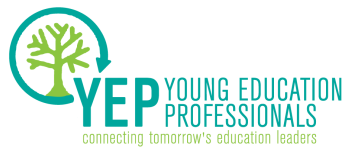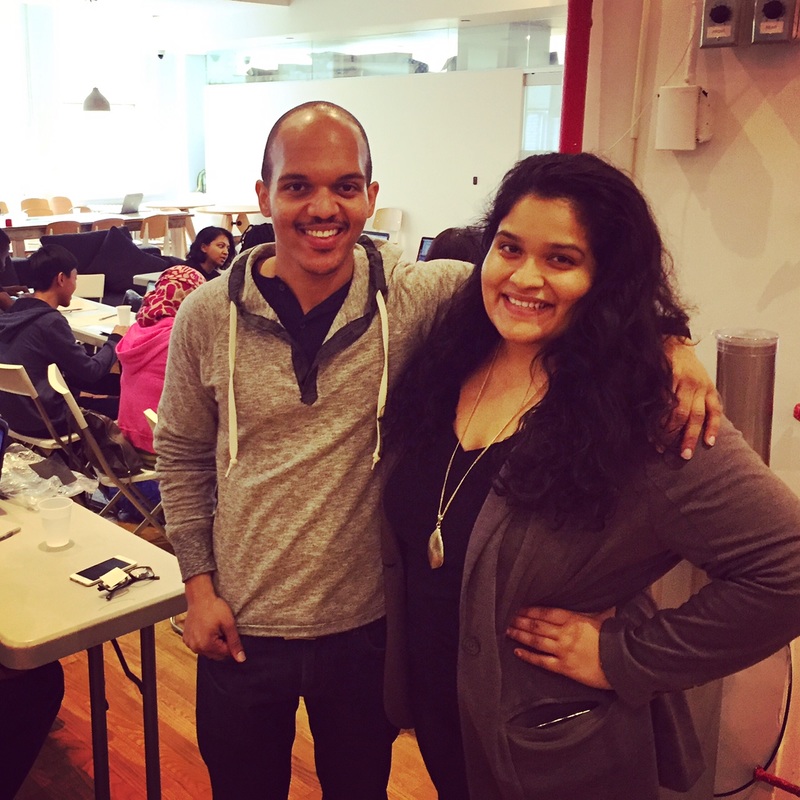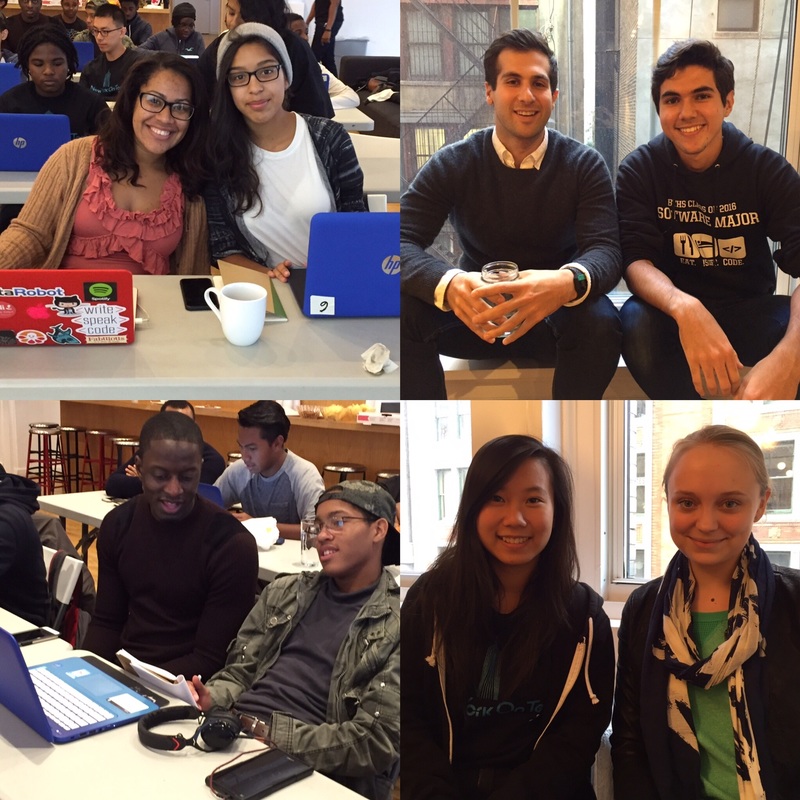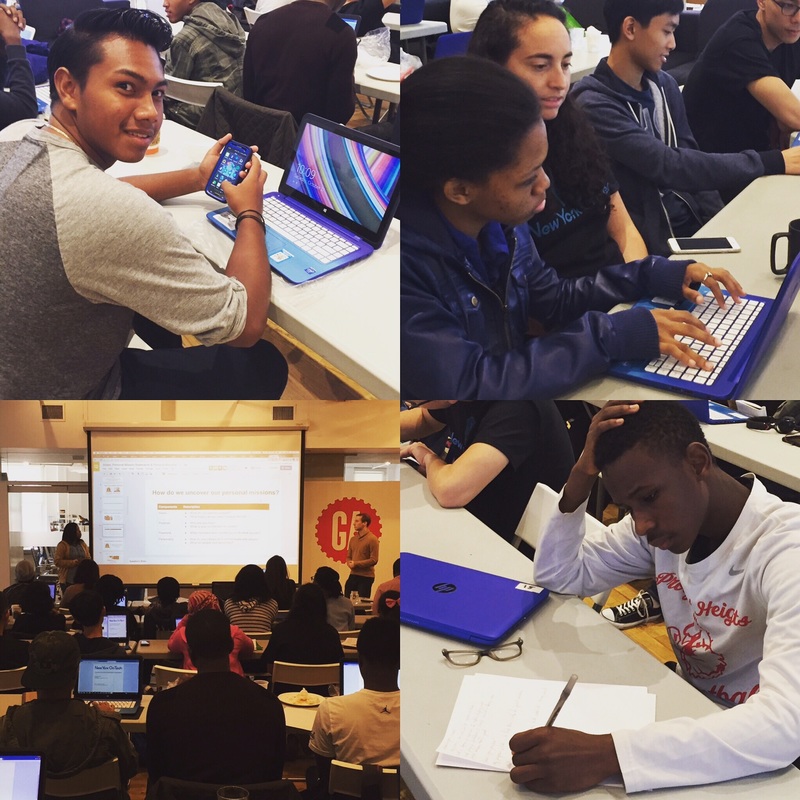But this is also true: depending on socioeconomic status and race, some young people utilize their smartphones and related technology in ways that may leave them further behind than their counterparts.
Black and Hispanic students own smartphones at about the same rate as Whites, but they often lack critical broadband access at home. This forces them to use their phone for crucial Internet needs, from making health inquiries to looking up job information to even applying for jobs, according to Pew Research.
By contrast, Whites (79%) are more likely to have a desktop or laptop at home as compared to their Hispanic (63%) and Black (45%) peers. White students, in turn, tend to have a leg up on developing such tech skills as software coding outside of school, which enables them to begin exploring technology from a more sophisticated place at an earlier age.
What follows is my lightly edited conversation with New York On Tech Co-Founders, Evin and Jessica.
Monica Gray: How would you describe yourself, Twitter-bio style?
Jessica Santana: Preparing next gen tech leaders. Building communities. Empowering people.
Evin Robinson: I would say: humble, hungry, hard working.
MG: How did you two first meet?
ER: At Syracuse, just randomly as anyone does in college. That following summer, we did an enrichment program together at Ernst & Young. Afterwards, we took the Brooklyn-bound A train together, and during the one-hour commute, we just started to talk a lot about our passions and, you know, what we wanted to do after college. One thing that we had in common was this strong desire to give back. So that was the foundation for our friendship. The other thing was that we actually got off at the same stop in Brooklyn, and realized that we lived in the same neighborhood but had never met until college.
JS: Our interests in tech developed before we were even in college. We were teaching ourselves to code at a very early age. But when we got to college, that wasn't what we thought we would pursue as a career, simply because we didn't know there was a career in technology to go to in the first place! Over time, we started realizing that our hobbies could become our professions. We went to grad school and got our degrees in information technology, then started working as technology consultants. But coming back to New York City, we realized that while there was so much talent in the communities where we were from, people didn't necessarily know that there was a space for them in this industry because they didn’t have opportunities to explore it inside or outside of the classroom. We wanted to start an organization to really empower students who don't traditionally have access to this field, to increase their chances to be part of it.
MG: What does the “digital divide” mean to you?
JS: I think there’s a notion out there that technology is readily accessible to every single person. And knowing the student population that we’re working with, they might have phones, but that doesn't mean that they have a laptop at home. I think the digital divide really starts with asking: Do they have laptops? Do they have cost-effective access to Wi-Fi that’s not just in the library? Because they can only use that for limited periods of time. And then it’s not just: okay, let me give you a laptop. Let me give you access to Wi-Fi. But can someone participate in the technology creation process? For us, I think that’s what the digital divide means. Having the information and the resources necessary to participate in innovation globally.
MG: Can you tell me more about the students in NYOT? Are most already into tech when you meet them?
ER: The students that we work with are young, ambitious, intelligent, very focused, and dedicated. A lot come from low-opportunity backgrounds and attend high schools that are considered Title I schools, which means a large population of the student body is eligible for free lunch.
JS: And they do have a pre-existing interest in technology, but they’re using technology in very passive ways. Like, they’re on Facebook, they’re on Instagram; they love being content creators, but they don’t necessarily know how to be technical creators. So, we work with students who love tech but don’t have family members who are in tech, don’t have classes in their high school or programs in their communities that are teaching them how to be tech creators.
ER: I would say that—because they usually come from low-income communities, disadvantaged neighborhoods— they’re not driven, that they’re not smart, that they’re not eager to learn more, that they’re not hungry to progress in society. But if you come to one of our classes, you’ll see that perspective is totally flipped on its head.
JS: I would say one of the biggest misconceptions is that they’re unmotivated, that they don’t know anything about technology. In reality, they can probably hold a very meaningful conversation with other people about what’s going on in the industry because of the New York On Tech program. And because of the fact that they’re users of technology every single day.
MG: Do you find that some of the kids you work with are unmotivated in school, but not in your program? Have you found something special that gets them fired up?
JS: I think of one of the students we worked with in particular. She wasn't a high academic GPA performer last year, but she was very interested in tech and was actively seeking opportunities to get involved in it. She learned about our program, came to every single workshop, won a best design award from one of the biggest tech nonprofits in our country, and then received a full scholarship and she is now pursuing Computer Science!
MG: Wow. How do you motivate students like this? What is the “secret sauce” of your program?
JS: Honestly, I think it’s the mentoring aspect of it. We have a big dedicated mentoring program with tech professionals who really care, not only about the kids succeeding in the program, but in succeeding as our future leaders in their respective industries one year, two years, five years and even ten years down the line. This year we’re working with 40 tech professionals who represent 27 different tech companies in New York City.
ER: It’s not just about presenting information to someone, but how you make it relatable, so they can go through that transformation process. We were once the students that we’re serving and because they can relate to us, it has been easy to motivate them. I never hide the fact that I came from a low-income community growing up. I don’t hide the fact that I was a first generation college student, and that’s usually part of the profile of the students we’re working with today at New York On Tech.




 RSS Feed
RSS Feed